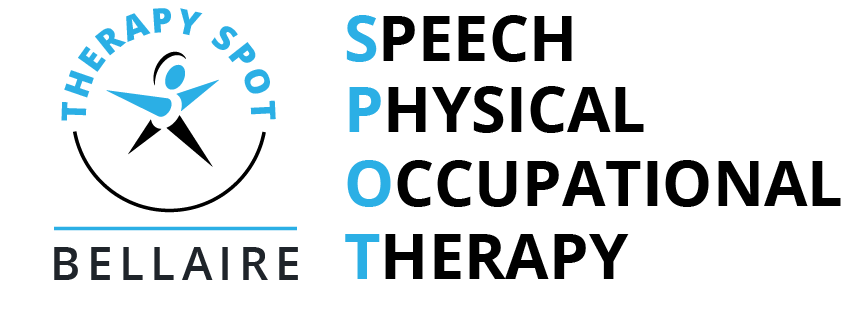Diagnoses and Conditions
Snapping Hip Syndrome
What is Snapping Hip Syndrome? Snapping hip occurs when a muscle, tendon, or ligament rolls over a bony prominence in the hip. Snapping hip can occur in different areas of the hip: Front: Snapping at the front of the hip can involve the hip flexor muscle rolling over...
Shoulder Impingement
Shoulder Impingement What is Shoulder Impingement? Shoulder impingement syndrome is a condition that develops when the rotator-cuff tendons in the shoulder are overused or injured, causing pain and movement impairments. Shoulder impingement syndrome may also be...
Shoulder Dislocation (Treatment after Surgery)
Because the shoulder is the most mobile joint in the body and has such a wide range of motion, it is more likely to dislocate than any other joint in the body. Dislocations are among the most common traumatic injuries affecting the shoulder. Athletes, non-athletes,...
Shoulder Dislocation (Overview)
What is a Shoulder Dislocation? The shoulder includes the clavicle (collar bone), scapula (shoulder blade), and humerus (upper-arm bone). The rounded top of the humerus and the cup-like end of the scapula fit together like a ball and socket. A shoulder dislocation can...
Shoulder Bursitis
What is Shoulder Bursitis? Shoulder bursitis (also called subacromial bursitis) occurs when the bursa (a fluid-filled sac on the side of the shoulder) becomes damaged, irritated, or inflamed. Bursitis ("-itis"); means "inflammation") means the bursa has become...
Shin Splints (Medial Tibial Stress Syndrome)
Shin Splints (Medial Tibial Stress Syndrome) What is Shin Splints (Medial Tibial Stress Syndrome)? Medial tibial stress syndrome develops when too much stress is placed on the tibia (main shin bone). The muscles that attach to the tibia can cause an overload of stress...
Rotator Cuff Tear
What is a Rotator Cuff Tear? The "rotator cuff" is a group of 4 muscles and their tendons (which attach them to the bone). These muscles connect the upper-arm bone, or humerus, to the shoulder blade. The important job of the rotator cuff is to keep the shoulder joint...
Proximal Humeral Fracture
What is is a Proximal Humerus Fracture? The humerus is one of the long bones of the arm. The distal, or bottom, end contributes to the elbow joint. The proximal, or top, end contributes to the shoulder joint. During a traumatic event, like a fall, any part of the...
Prader-Willi Syndrome
Prader-Willi Syndrome What is Prader-Willi Syndrome? First described in 1956, Prader-Willi syndrome is a genetic disorder caused by defective or missing genes. In about 70% of cases, genes inherited from the father are deleted on a specific section of chromosome 15,...
Posterior Cruciate Ligament (PCL) Injury
Posterior Cruciate Ligament Injury The posterior cruciate ligament (PCL) is a thick band of tissue deep inside the knee that connects the thighbone to the shinbone. The PCL prevents the shinbone from sliding too far backward under the thighbone. Any force that pushes...
Plica Syndrome
Plica Syndrome What is Plica Syndrome? Plica syndrome is an irritation of the synovial membrane in the knee. The synovial membrane encloses the knee joint and contains the fluid that keeps the joint lubricated. Plica syndrome results when the synovial lining becomes...
Phantom Limb Pain
What is Phantom Limb Pain? Phantom limb pain is a painful or unpleasant sensation in a body part that has been amputated. The sensation may occur immediately following surgery, or years later. Phantom pain is different from stump pain (or residual limb pain), which is...
WE CARE ABOUT YOUR HEALTH.
Think you need to see a physical therapist? Therapy SPOT – Bellaire “Therapy SPOT – Bellaire” is your last stop for physical therapy and rehabilitation. Schedule your visit today!
